Image of 1973 Pontiac Bonneville, Note: These illustrations use artistic license and may differ from actual historical models.
Performance Metrics
Fundamental Metrics
Emotional Appeal
MMP Rating
| Engine Specifications | |
|---|---|
| Engine: | 400 cu in (6.6 L) V8, 455 cu in (7.5 L) V8 |
| Displacement: | 400-455 cu in |
| Horsepower: | 170-250 hp |
| Torque: | 325-370 lb-ft |
| Compression Ratio: | 8.0:1 - 8.2:1 |
| Ignition System: | Electronic Ignition System |
| Cooling System: | Liquid-cooled |
| Performance Specifications | |
| 0-60 Time: | 10-12 seconds |
| 1/4 Mile Time: | 17-19 seconds |
| Top Speed: | 115-120 mph |
| Transmission and Drive | |
| Drive Type: | Rear-wheel drive |
| Transmission Type: | 3-speed automatic, 4-speed manual |
| Fuel and Efficiency | |
| Fuel System Type: | Carburetor |
| MPG: | 10-12 mpg |
| Dimensions and Brakes | |
| Brakes: | Front disc, rear drum |
| Wheelbase: | 124 inches |
| Weight: | 4,500 lbs |
Note: Specifications for classic cars are given to the best of our ability, considering the limited and variant data available.
1973 Pontiac Bonneville: A Full-Size Classic
The 1973 Pontiac Bonneville cruises into history with a legacy as grand as its full-size stature. Born from the esteemed Pontiac division of General Motors, this classic American car was a symbol of comfort and power during the early 1970s. As the oil crisis loomed, the Bonneville stood as a testament to an era of automotive excess, with its large V8 engines and spacious interiors. A unique fact that car enthusiasts might find fascinating is that the '73 model marked the end of the third-generation Bonnevilles, making it a significant year for collectors and aficionados.
Design and Innovation
The exterior of the 1973 Pontiac Bonneville boasted long, flowing lines and a prominent front grille that commanded attention on the road. Chrome accents and the iconic "Bonneville" script added to its charm, while the round headlamps framed its face with a touch of classic elegance. Inside, passengers were treated to plush seating and high-quality materials that defined luxury at the time. Technological features included power windows and air conditioning—luxuries not found in every car of that era. Color options ranged from subtle to vibrant, with popular choices like Brewster Green and Regatta Blue catching buyers' eyes. The most iconic body style was arguably the hardtop coupe, though sedans and convertibles were also available.
Historical Significance
The 1973 Bonneville's impact on automotive design was notable for its blend of luxury and performance at a time when fuel efficiency was becoming more important. It set itself apart with its size and comfort features, leaving a lasting impression on what American luxury meant in an automobile.
Performance and Handling
Underneath the hood, the '73 Bonneville housed a powerful V8 engine that could propel it to impressive speeds for its size. Although exact top speed and acceleration figures varied depending on engine choice, these cars were no slouches on the open road. The ride quality was smooth, absorbing bumps with ease thanks to its substantial weight and suspension setup. Driving a Bonneville was about cruising in style, with the V8's rumble providing an unmistakable soundtrack to any journey.
Ownership Experience
Owners of the 1973 Pontiac Bonneville used their vehicles for various purposes—from daily driving to weekend show cars. Its reliability was typical of American cars from that era: solid but requiring regular maintenance. The ease of repair made it a favorite among those who preferred to work on their vehicles themselves.
Fun Facts
The '73 Bonneville has had its share of limelight with rare editions like the Grand Ville series adding to its allure. While not known for breaking speed records, it held its own in terms of sales success during its production years. Criticisms often centered around fuel consumption—a common issue among full-size vehicles from that period.
Collector's Information
Today, collectors might find a 1973 Pontiac Bonneville valued within a wide range depending on condition, mileage, and originality—anywhere from $5,000 for a project car up to $25,000 or more for a pristine example. Production numbers were substantial; however, finding one in excellent condition has become increasingly challenging over time. The market trend shows appreciation for well-maintained models as they become rarer.
Conclusion
The 1973 Pontiac Bonneville is more than just a car; it's a slice of Americana that represents an era of automotive history defined by size, style, and comfort. For those looking to own a piece of this legacy or simply appreciate classic American engineering, the '73 Bonneville continues to be an intriguing chapter in Pontiac's storied past.
1973 Pontiac Bonneville Catalog of Parts
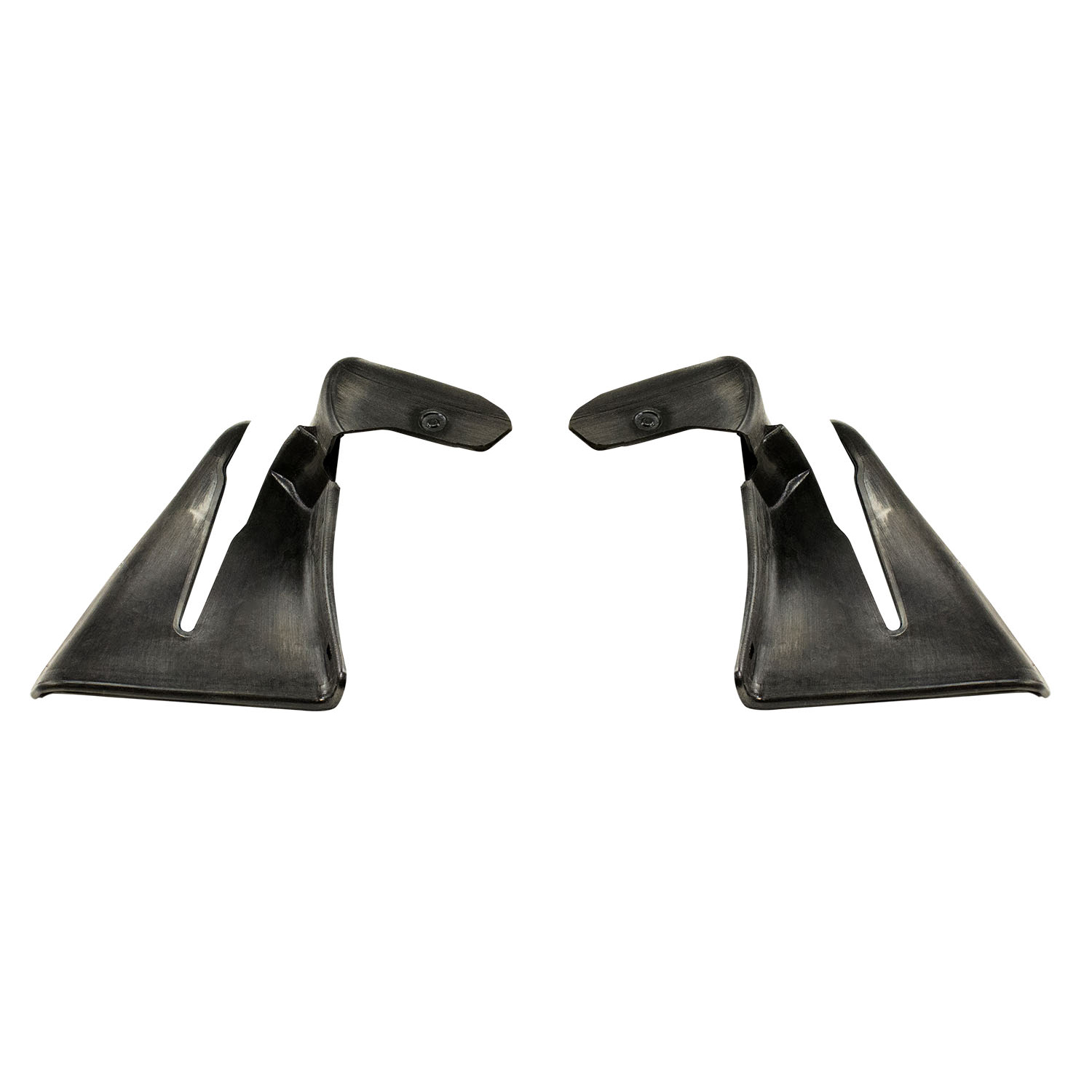 1973 Pontiac Bonneville RE-ISSUE. Door lock-pillar seal-ALP 5055RE-ISSUE. Door lock-pillar seal. Fits '71-'73 GM B-, C- and E-body 2-door hardtop, coupe and convertible (including Cadillac). This part has been completely re-designed from scratch with new cores and new molds. Replaces OEM#'s 9640451/2. Pair. R&L.
1973 Pontiac Bonneville RE-ISSUE. Door lock-pillar seal-ALP 5055RE-ISSUE. Door lock-pillar seal. Fits '71-'73 GM B-, C- and E-body 2-door hardtop, coupe and convertible (including Cadillac). This part has been completely re-designed from scratch with new cores and new molds. Replaces OEM#'s 9640451/2. Pair. R&L. 1973 Pontiac Bonneville Shock Absorber Grommet. 1" bottom O.D., 3/4" high-BN 1Shock Absorber Grommet. 1" bottom O.D., 3/4" high., with 7/16" I.D. Each
1973 Pontiac Bonneville Shock Absorber Grommet. 1" bottom O.D., 3/4" high-BN 1Shock Absorber Grommet. 1" bottom O.D., 3/4" high., with 7/16" I.D. Each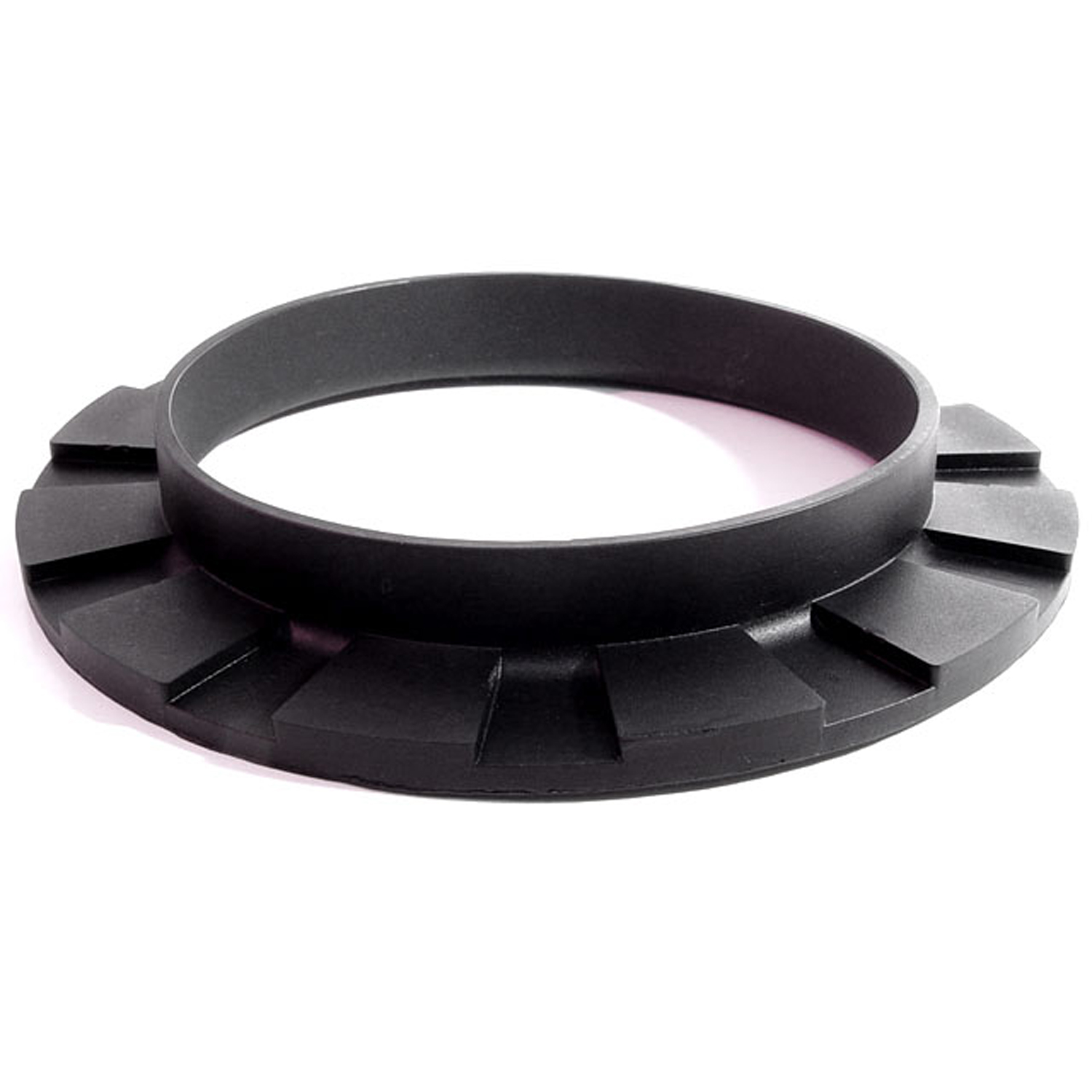 1973 Pontiac Bonneville Front coil-spring insulator-BN 110Front coil-spring insulator. Fits '41-'60 Oldsmobile and '50-'83 GM passenger models. 5-3/8 in. OD x 3-3/4 in. ID x 3/4 in. high with 13/16 in. wide bottom flange 1/4" thick, 12 flutes. Each.
1973 Pontiac Bonneville Front coil-spring insulator-BN 110Front coil-spring insulator. Fits '41-'60 Oldsmobile and '50-'83 GM passenger models. 5-3/8 in. OD x 3-3/4 in. ID x 3/4 in. high with 13/16 in. wide bottom flange 1/4" thick, 12 flutes. Each.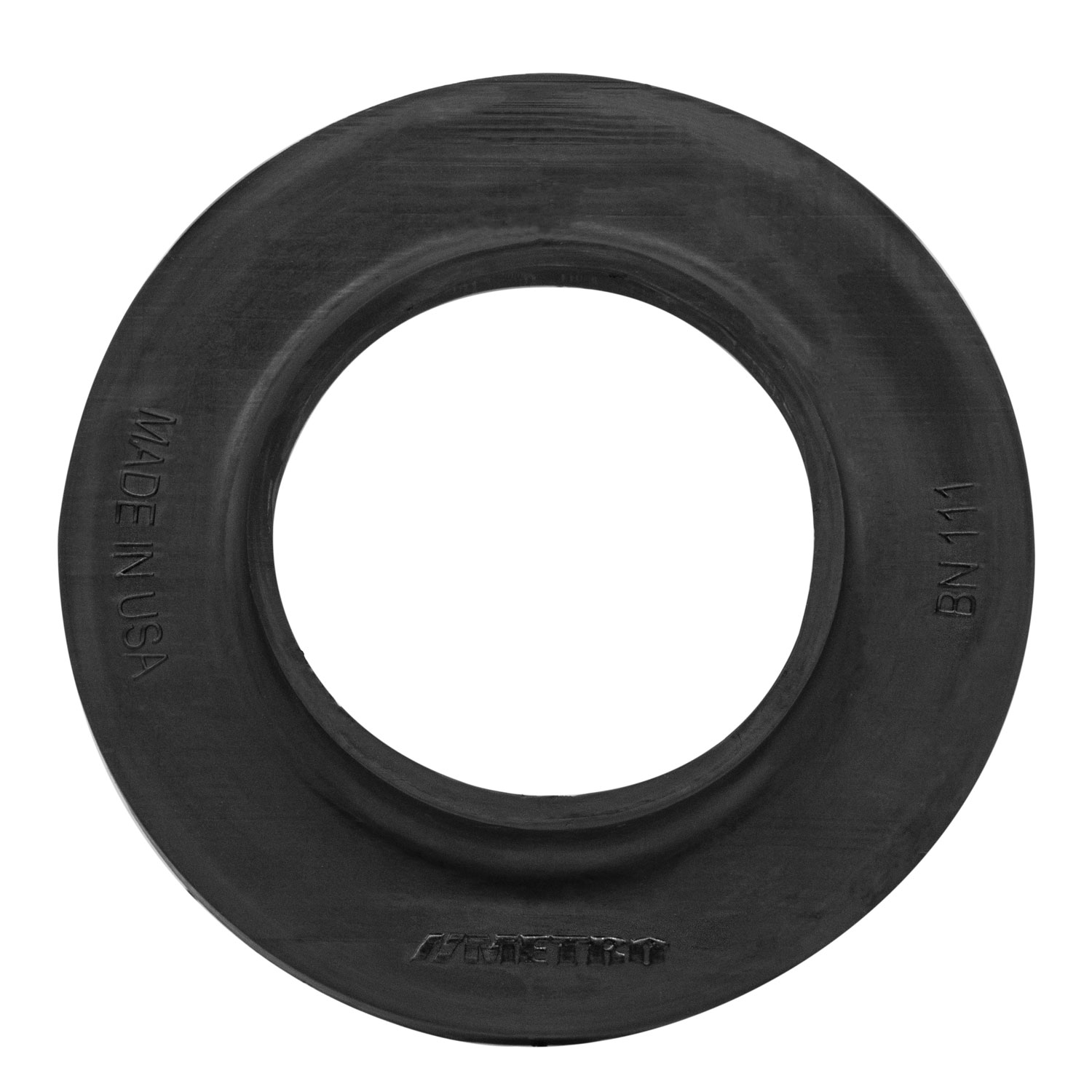 1973 Pontiac Bonneville Rear coil-spring insulator 1961-72 GM A-Body-BN 111Coil spring insulators are a great way to prevent metal-on-metal contact and noise. Manufactured to OEM specifications for a precise fit, these coil spring insulators are made of rubber and are used between the coil spring and the frame of your ride. 3-3/4 in. OD, 2-1/8 in. ID, 5/8 in. high with 3/16 in. , wide bottom flange 1/4 in. thick.
1973 Pontiac Bonneville Rear coil-spring insulator 1961-72 GM A-Body-BN 111Coil spring insulators are a great way to prevent metal-on-metal contact and noise. Manufactured to OEM specifications for a precise fit, these coil spring insulators are made of rubber and are used between the coil spring and the frame of your ride. 3-3/4 in. OD, 2-1/8 in. ID, 5/8 in. high with 3/16 in. , wide bottom flange 1/4 in. thick.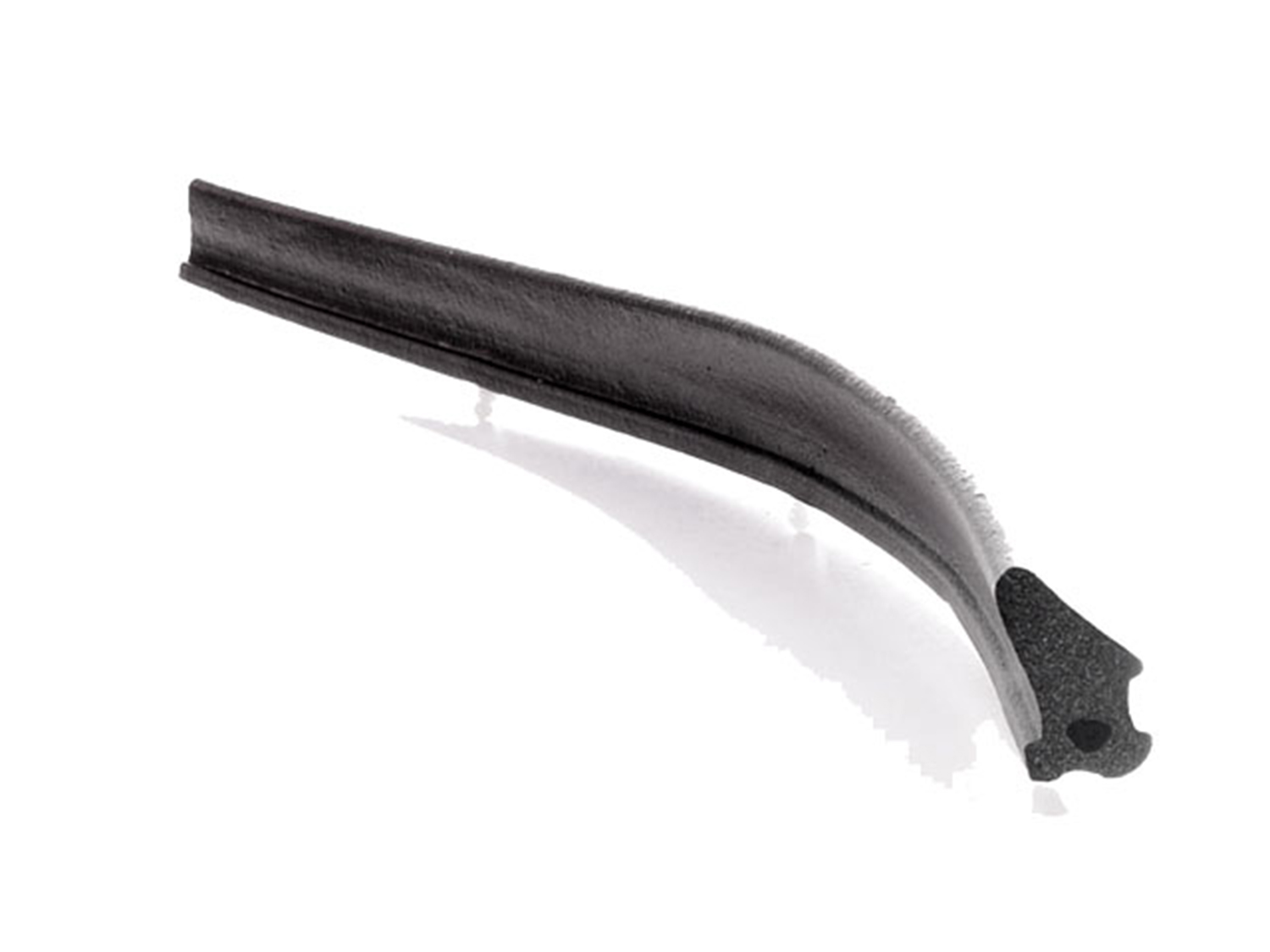 1973 Pontiac Bonneville Door Side Seal-C/LP 40-KDoor Side Seal. Made of smooth skin sponge extrusion, with clips installed. (For seal without clips, see LP 40-K) Sold by the foot.
1973 Pontiac Bonneville Door Side Seal-C/LP 40-KDoor Side Seal. Made of smooth skin sponge extrusion, with clips installed. (For seal without clips, see LP 40-K) Sold by the foot.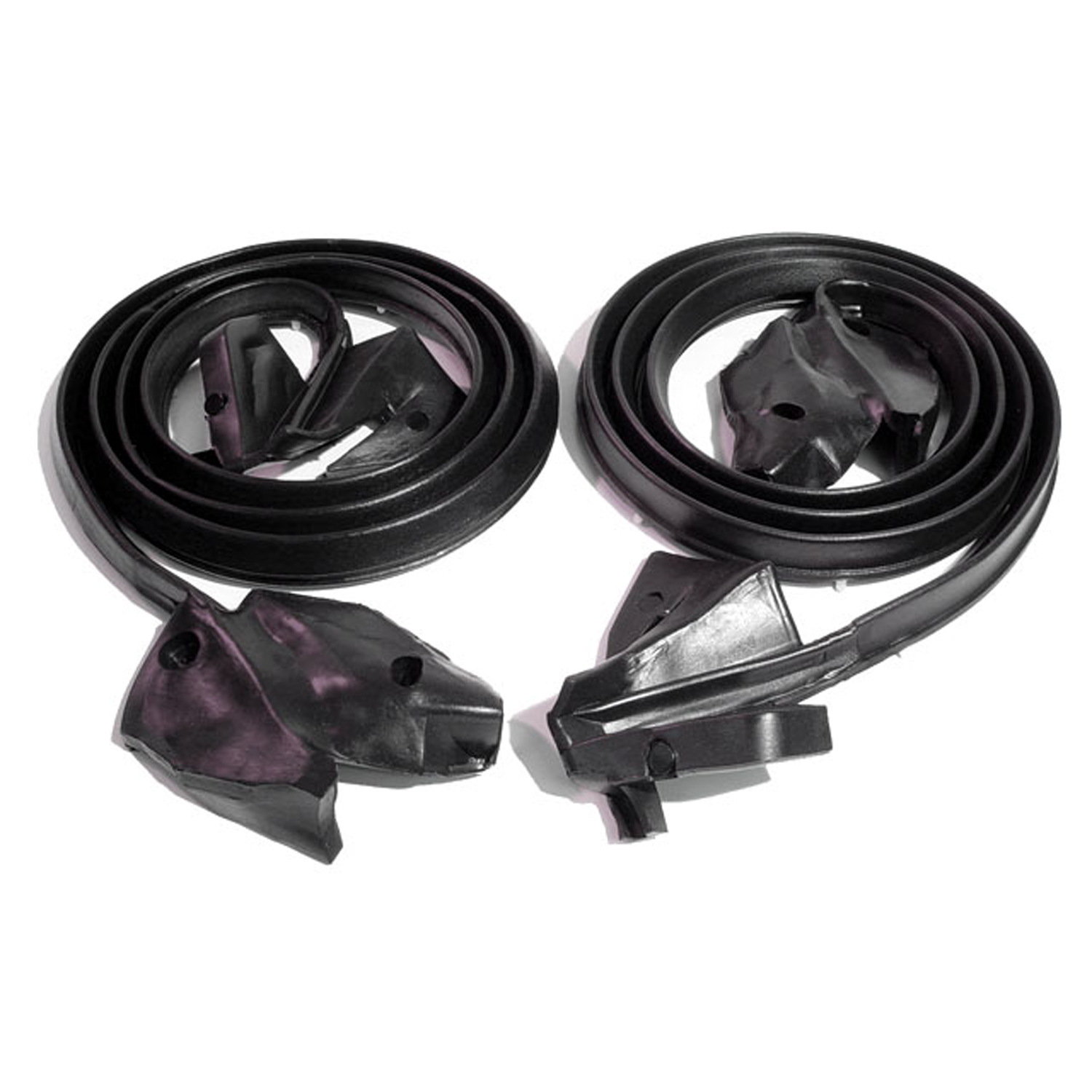 1973 Pontiac Bonneville Molded Door Seals. For 2-door hardtops and convertibles-LM 12-HMolded Door Seals. For 2-door hardtops and convertibles. Replaces OEM #9824514/5. Pair R&L
1973 Pontiac Bonneville Molded Door Seals. For 2-door hardtops and convertibles-LM 12-HMolded Door Seals. For 2-door hardtops and convertibles. Replaces OEM #9824514/5. Pair R&L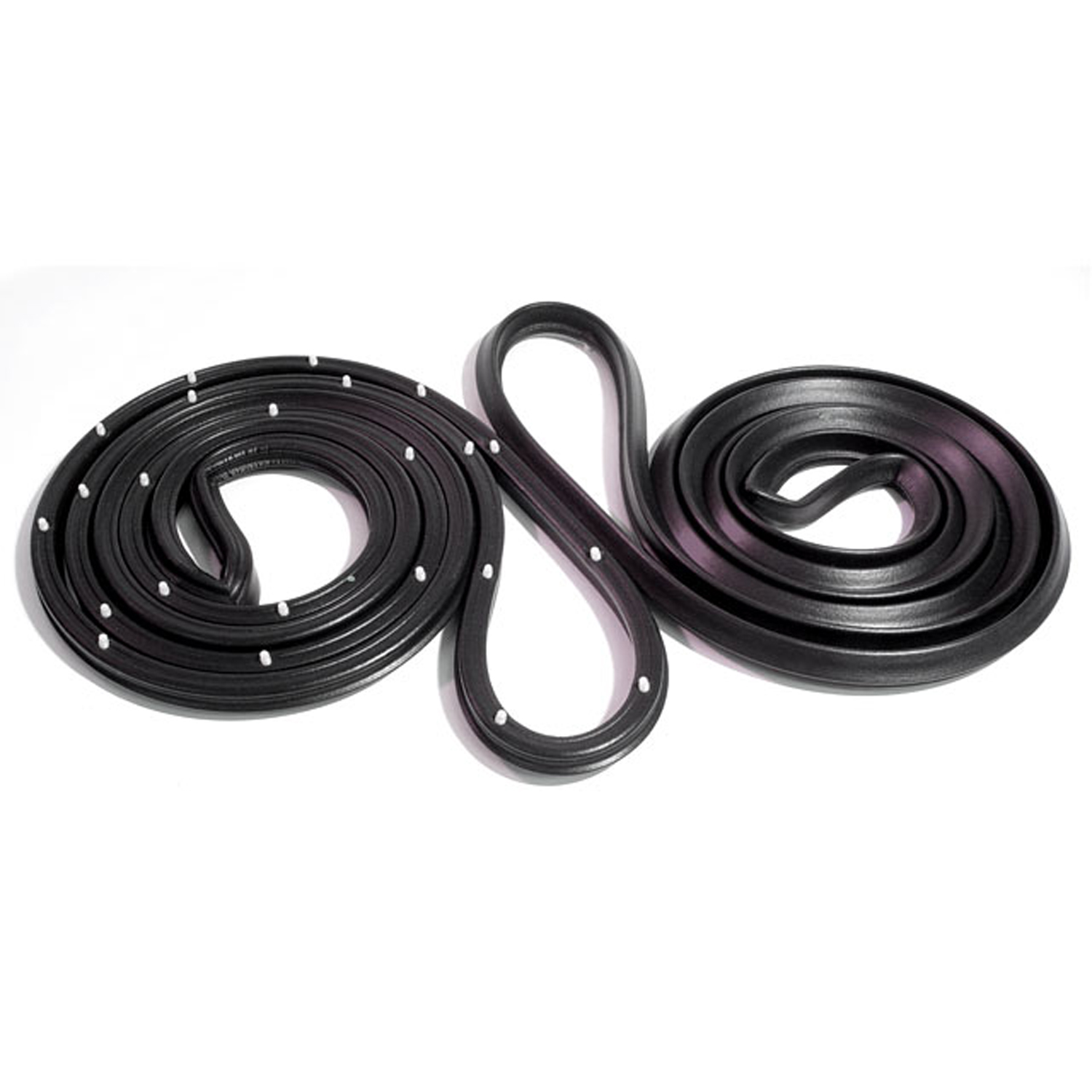 1973 Pontiac Bonneville Front Molded Door Seals-LM 16-GFront Molded Door Seals. For 4-door sedan and wagon, with RWD. Each is 138-1/2" long. Pair R&L
1973 Pontiac Bonneville Front Molded Door Seals-LM 16-GFront Molded Door Seals. For 4-door sedan and wagon, with RWD. Each is 138-1/2" long. Pair R&L 1973 Pontiac Bonneville Rear Molded Door Seals. For 4-door sedan only, with RWD-LM 16-G/RRear Molded Door Seals. For 4-door sedan only, with RWD. Each is 123-1/4" long. Pair R&L
1973 Pontiac Bonneville Rear Molded Door Seals. For 4-door sedan only, with RWD-LM 16-G/RRear Molded Door Seals. For 4-door sedan only, with RWD. Each is 123-1/4" long. Pair R&L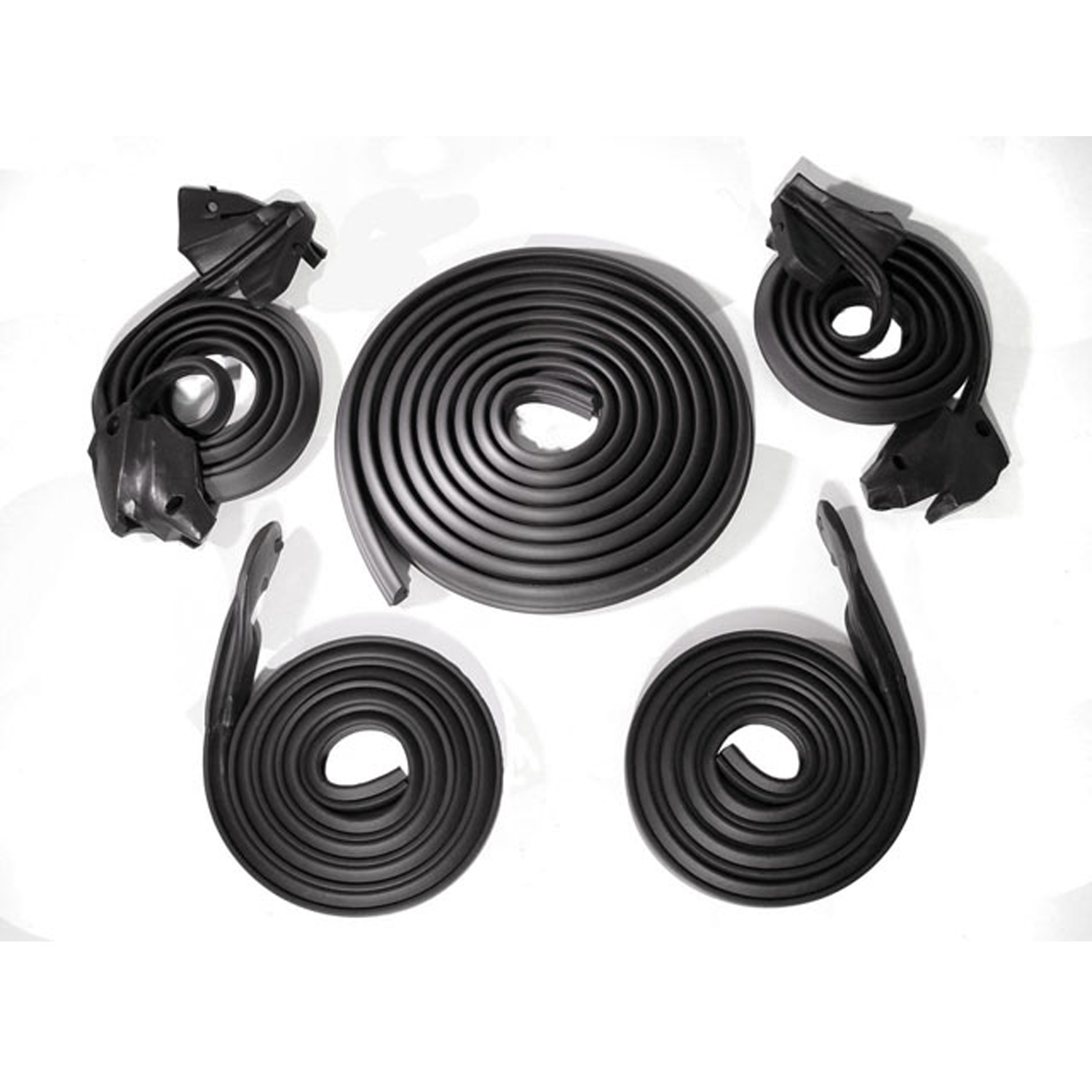 1973 Pontiac Bonneville Basic Kit, for 2-Door Hardtop-RKB 2007-116Basic Kit, for 2-Door Hardtop. Door (LM 12-H) Roof Rail (RR 5007-A) Trunk (TK 46-E/18), Seals.
1973 Pontiac Bonneville Basic Kit, for 2-Door Hardtop-RKB 2007-116Basic Kit, for 2-Door Hardtop. Door (LM 12-H) Roof Rail (RR 5007-A) Trunk (TK 46-E/18), Seals.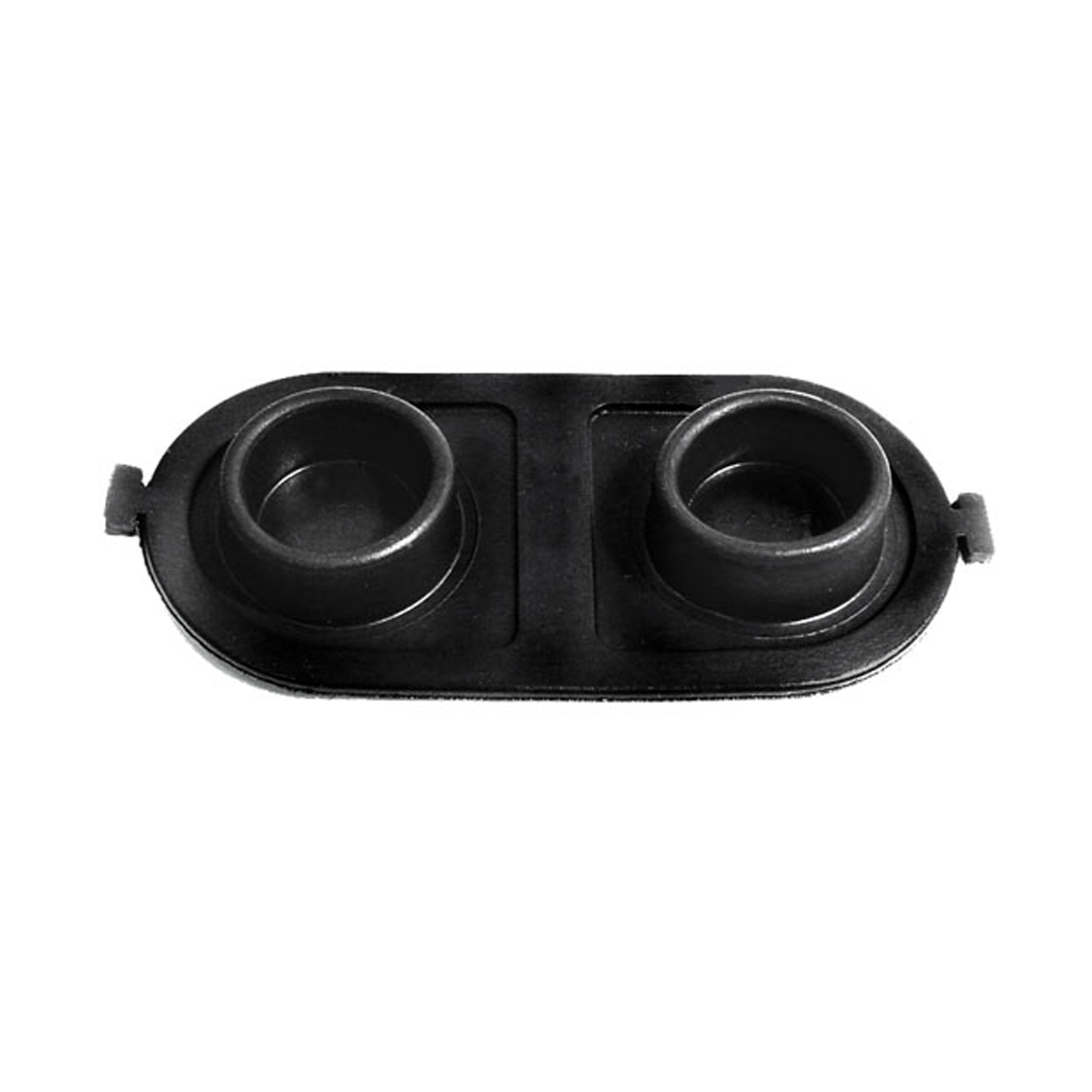 1973 Pontiac Bonneville Brake Master Cylinder Cover Seal. Replaces OEM #5470861-RP 2-EBrake Master Cylinder Cover Seal. Replaces OEM #5470861. 5" X 2-1/2". Each
1973 Pontiac Bonneville Brake Master Cylinder Cover Seal. Replaces OEM #5470861-RP 2-EBrake Master Cylinder Cover Seal. Replaces OEM #5470861. 5" X 2-1/2". Each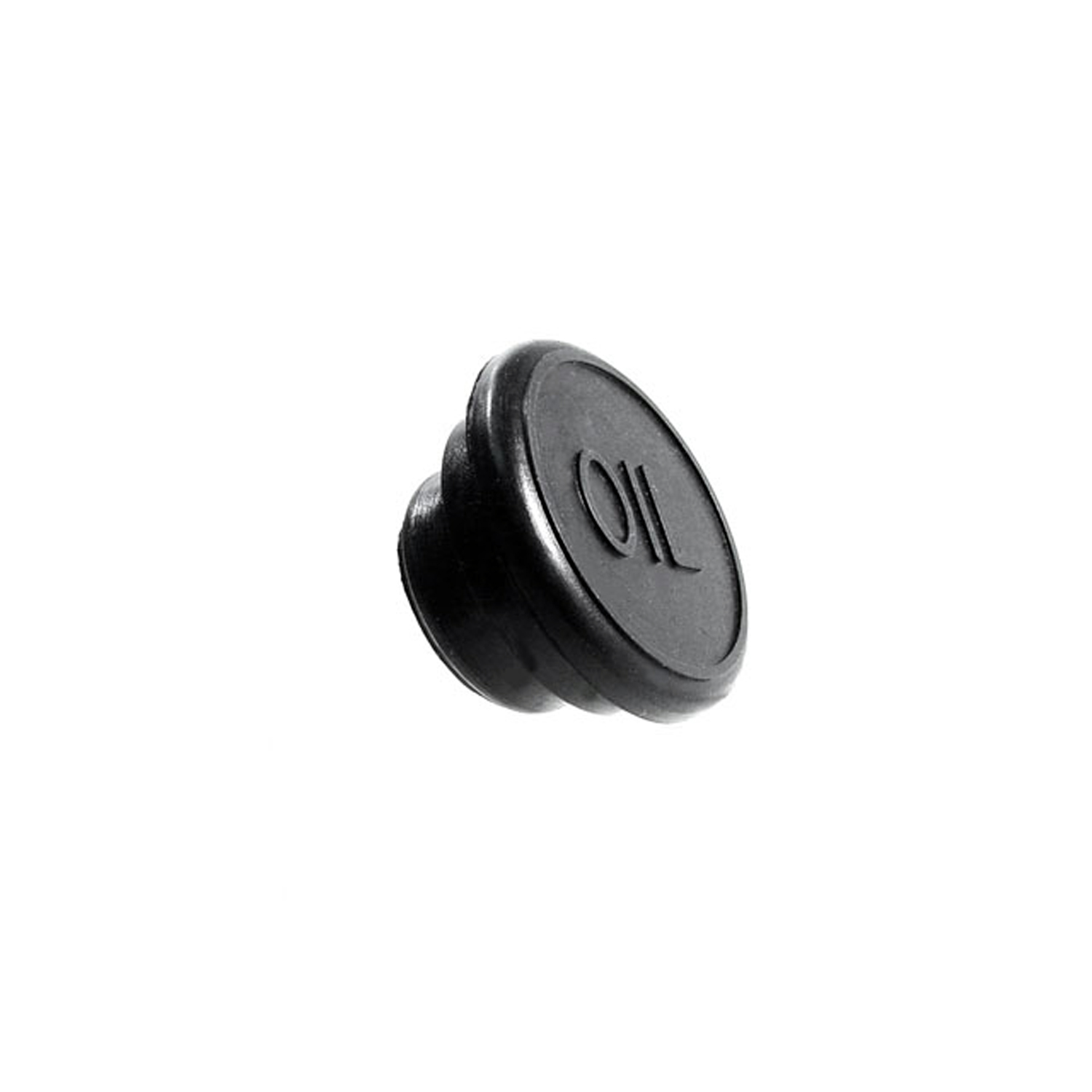 1973 Pontiac Bonneville Oil Filler Hole Cap. Made of rubber-RP 8Oil Filler Hole Cap. Made of rubber. Fits a 1-3/16" to 1-1/4" hole. Each
1973 Pontiac Bonneville Oil Filler Hole Cap. Made of rubber-RP 8Oil Filler Hole Cap. Made of rubber. Fits a 1-3/16" to 1-1/4" hole. Each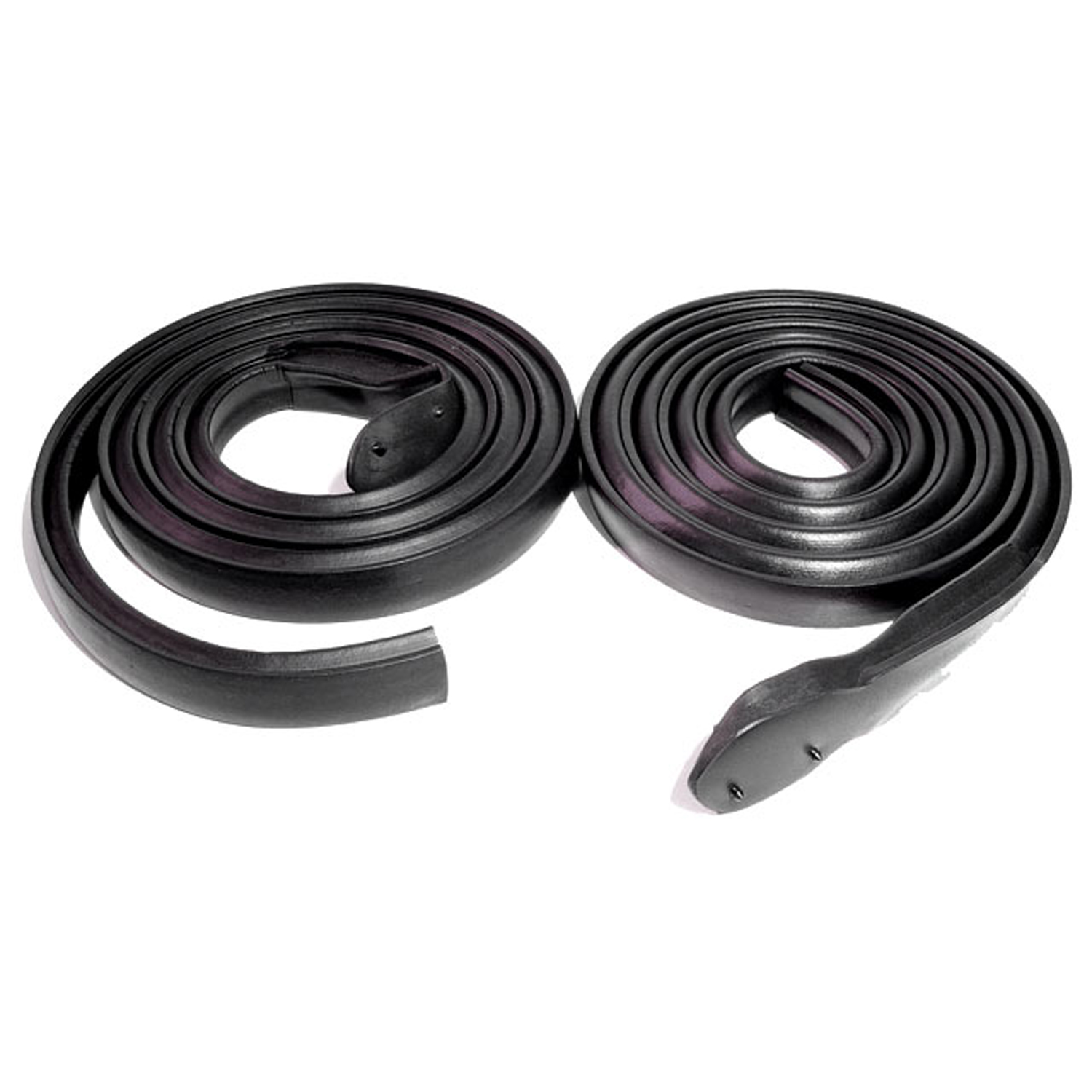 1973 Pontiac Bonneville Molded Roof Rail Seals-RR 5007-AMolded Roof Rail Seals, for 2-Door Hardtop -Sport (body style # ending in 57). 82" long. Pair R&L
1973 Pontiac Bonneville Molded Roof Rail Seals-RR 5007-AMolded Roof Rail Seals, for 2-Door Hardtop -Sport (body style # ending in 57). 82" long. Pair R&L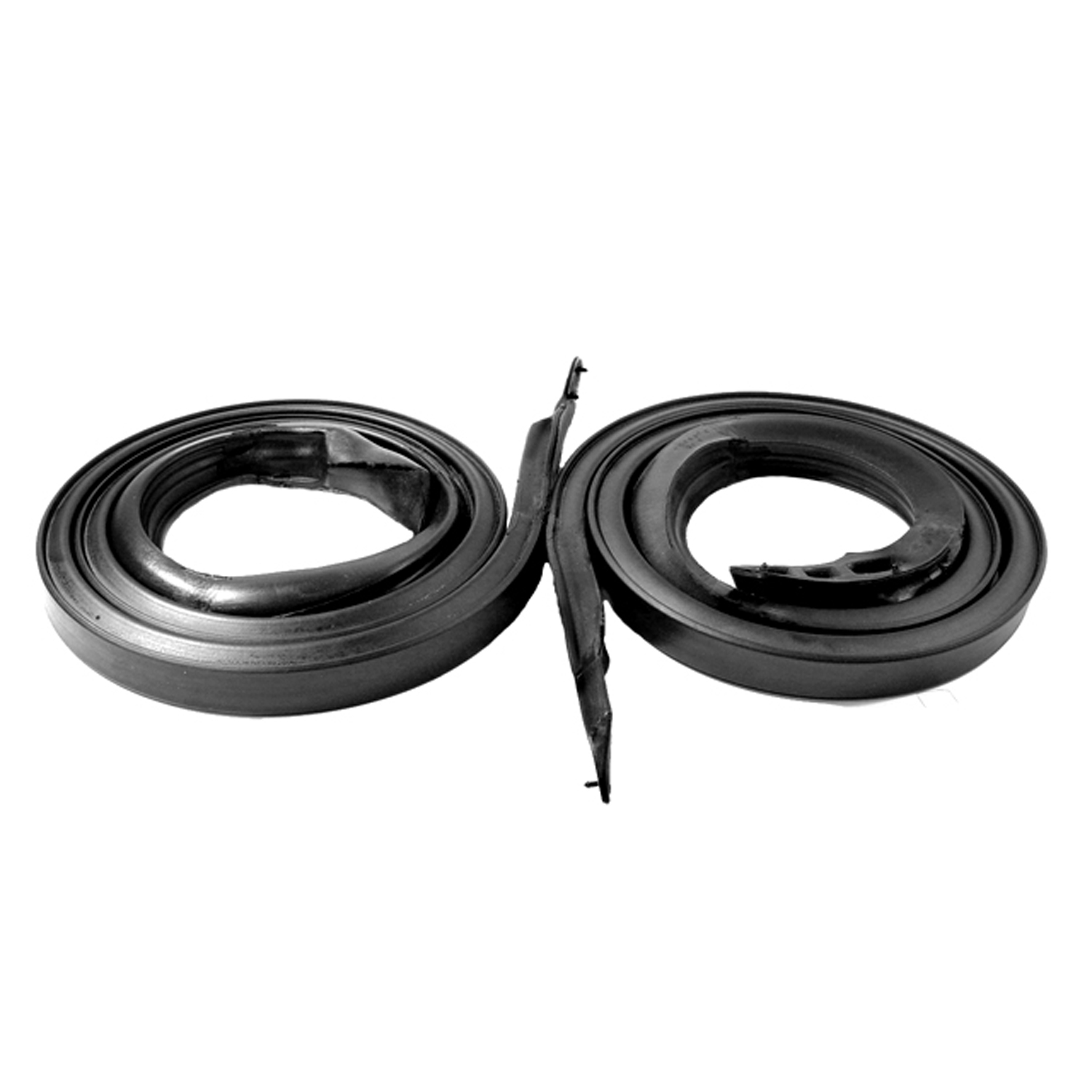 1973 Pontiac Bonneville Molded Roof Rail Seals for 4-Door Hardtop. Pair-RR 5007-EMolded Roof Rail Seals for 4-Door Hardtop. Pair
1973 Pontiac Bonneville Molded Roof Rail Seals for 4-Door Hardtop. Pair-RR 5007-EMolded Roof Rail Seals for 4-Door Hardtop. Pair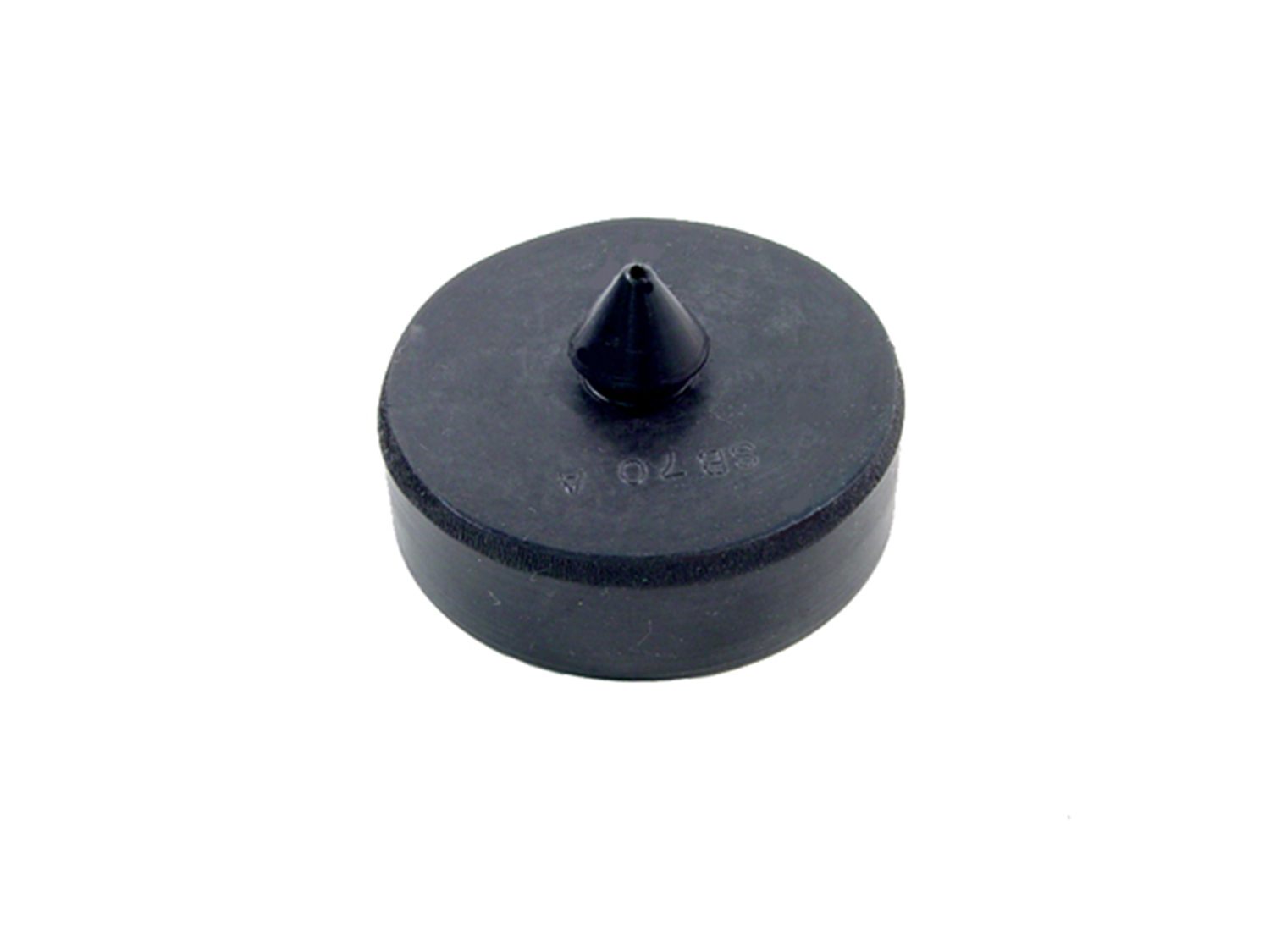 1973 Pontiac Bonneville Front door window stop bumper. ’70-’81 GM passenger cars-SB 70-AFront door window stop bumper. '70-'81 GM passenger cars. Dense rubber. Replaces OEM# 9810036. Each.
1973 Pontiac Bonneville Front door window stop bumper. ’70-’81 GM passenger cars-SB 70-AFront door window stop bumper. '70-'81 GM passenger cars. Dense rubber. Replaces OEM# 9810036. Each.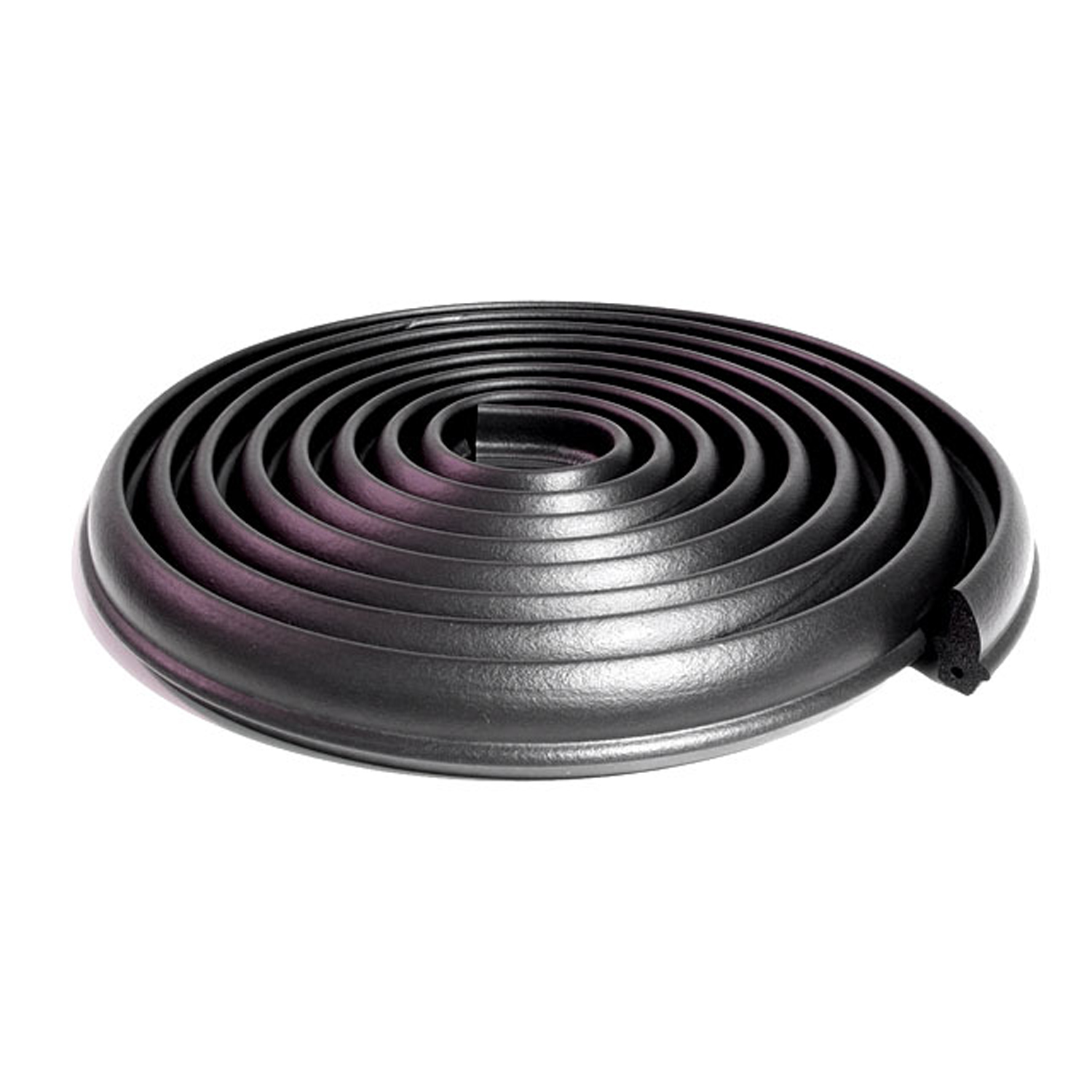 1973 Pontiac Bonneville Trunk Seal. Each-TK 46-E/18Trunk Seal. Each
1973 Pontiac Bonneville Trunk Seal. Each-TK 46-E/18Trunk Seal. Each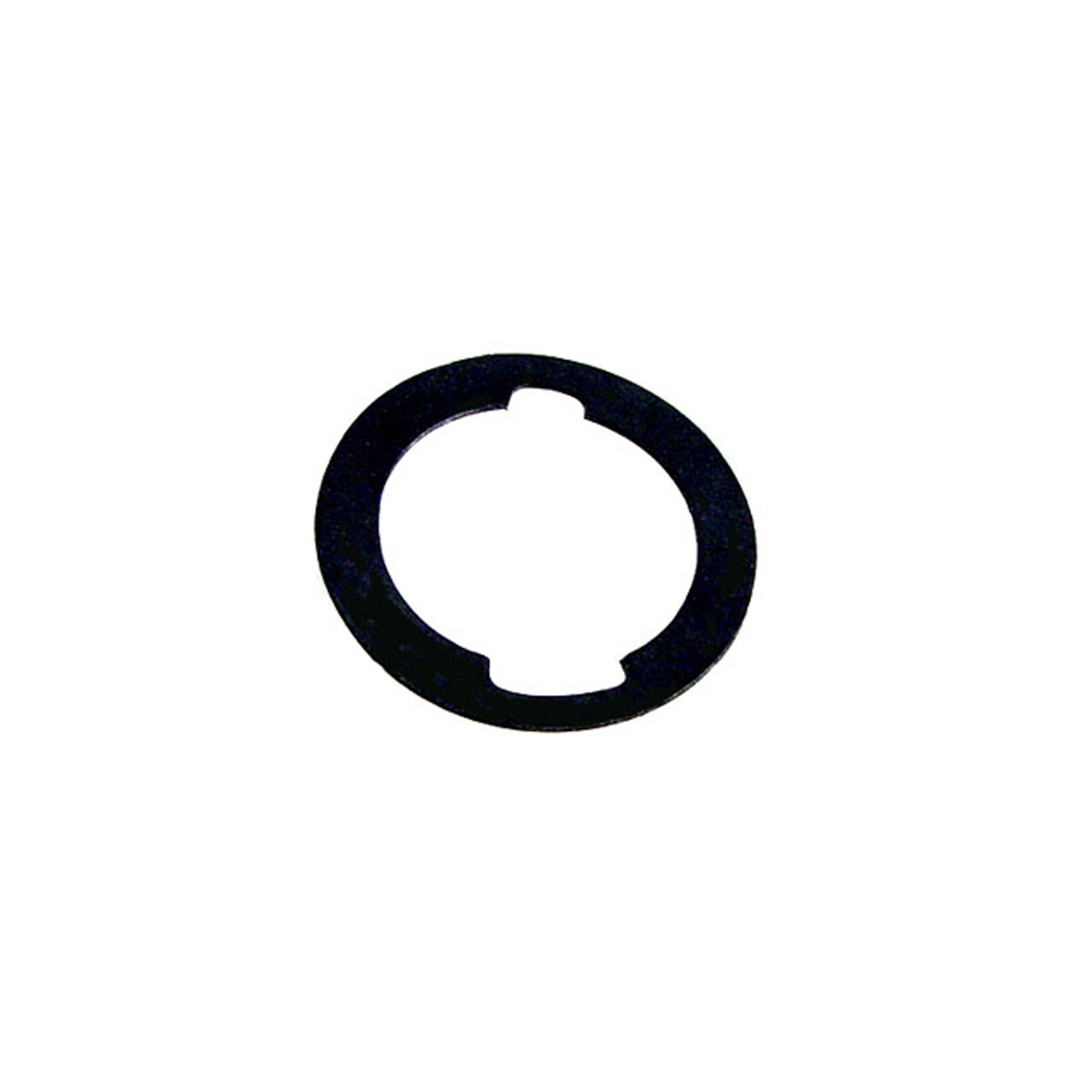 1973 Pontiac Bonneville Unbeaded Door and Trunk Lock Gasket. 1-3/16" O.D., 7/8" I.D-UM 1600-100Unbeaded Door and Trunk Lock Gasket. 1-3/16" O.D., 7/8" I.D. Each
1973 Pontiac Bonneville Unbeaded Door and Trunk Lock Gasket. 1-3/16" O.D., 7/8" I.D-UM 1600-100Unbeaded Door and Trunk Lock Gasket. 1-3/16" O.D., 7/8" I.D. Each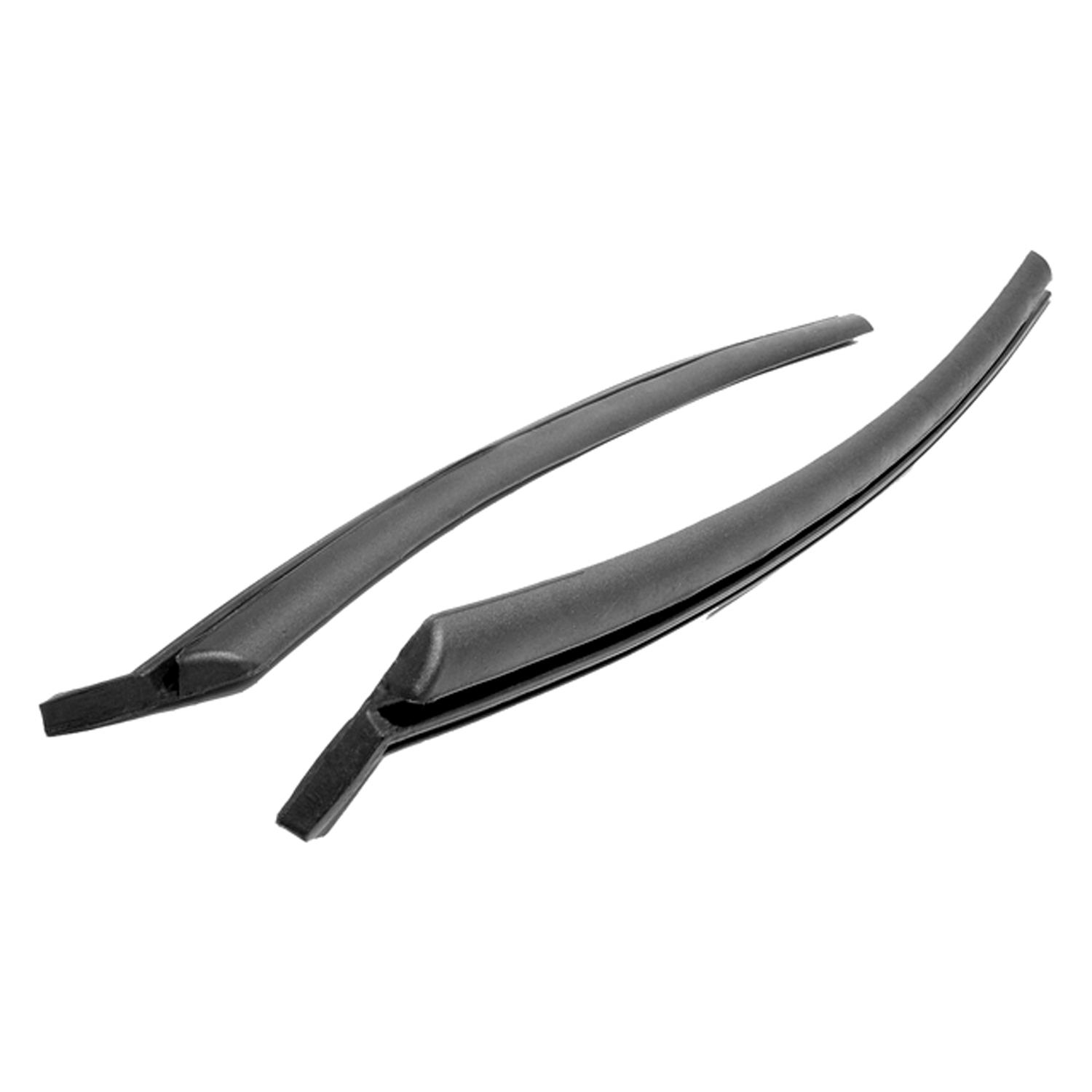 1973 Pontiac Bonneville Rear Roll-Up Quarter Window Seals, made with steel core-VS 3-NRear Roll-Up Quarter Window Seals, made with steel core. For 2-Door Hardtops and Convertibles. 18" Long. Pair
1973 Pontiac Bonneville Rear Roll-Up Quarter Window Seals, made with steel core-VS 3-NRear Roll-Up Quarter Window Seals, made with steel core. For 2-Door Hardtops and Convertibles. 18" Long. Pair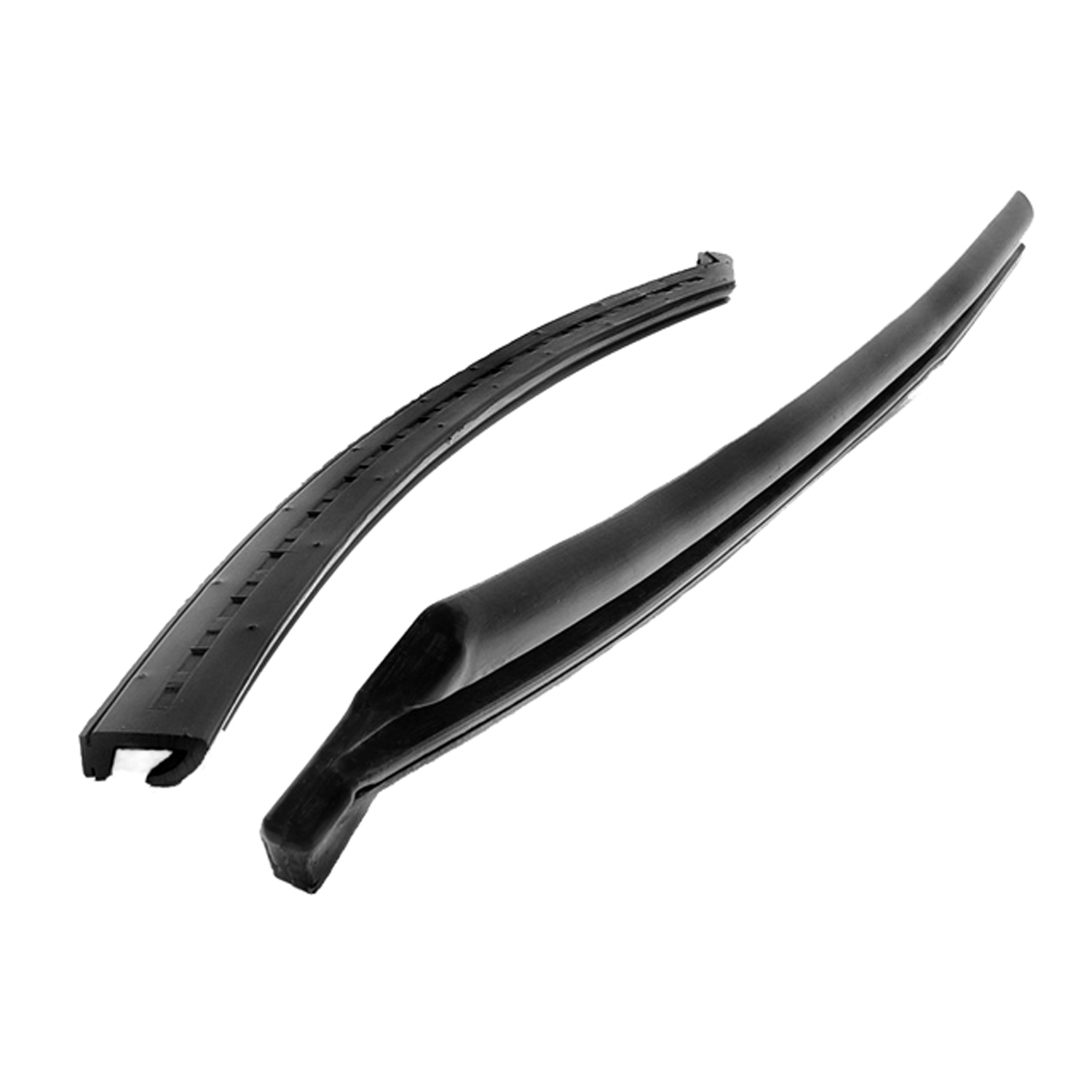 1973 Pontiac Bonneville Rear Roll-Up Quarter Window Seals, for 4-Door Hardtops-VS 3-YRear Roll-Up Quarter Window Seals, for 4-Door Hardtops. 19-1/8" Long. Pair
1973 Pontiac Bonneville Rear Roll-Up Quarter Window Seals, for 4-Door Hardtops-VS 3-YRear Roll-Up Quarter Window Seals, for 4-Door Hardtops. 19-1/8" Long. Pair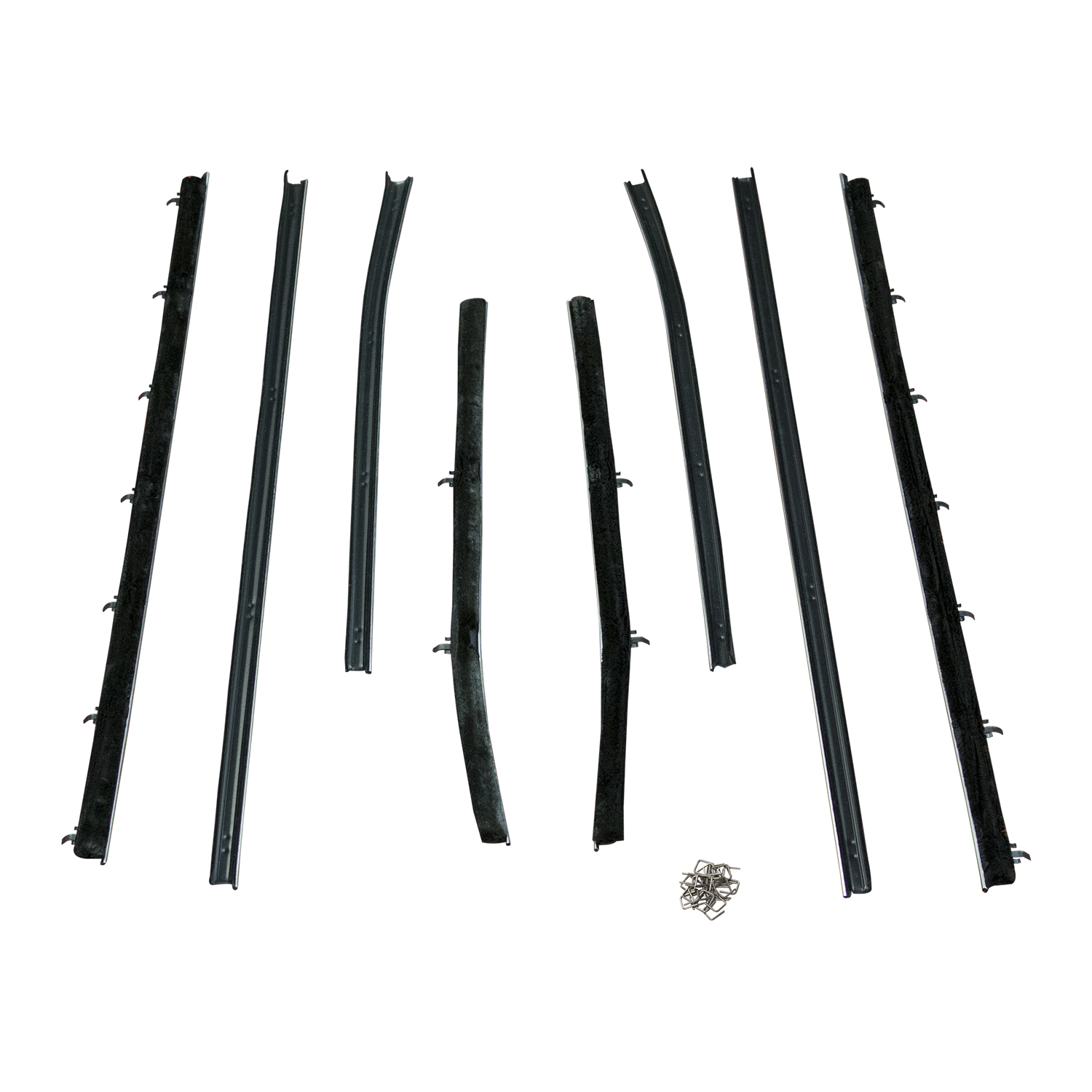 1973 Pontiac Bonneville Window sweepers, 71-76 Pontiac Bonneville 2 Door Hardtop-WC 8200-72Window Sweeper, 71-76 Pontiac Bonneville 2 Door Hardtop, Outer Sweeps Only. 4 Piece Set.
1973 Pontiac Bonneville Window sweepers, 71-76 Pontiac Bonneville 2 Door Hardtop-WC 8200-72Window Sweeper, 71-76 Pontiac Bonneville 2 Door Hardtop, Outer Sweeps Only. 4 Piece Set.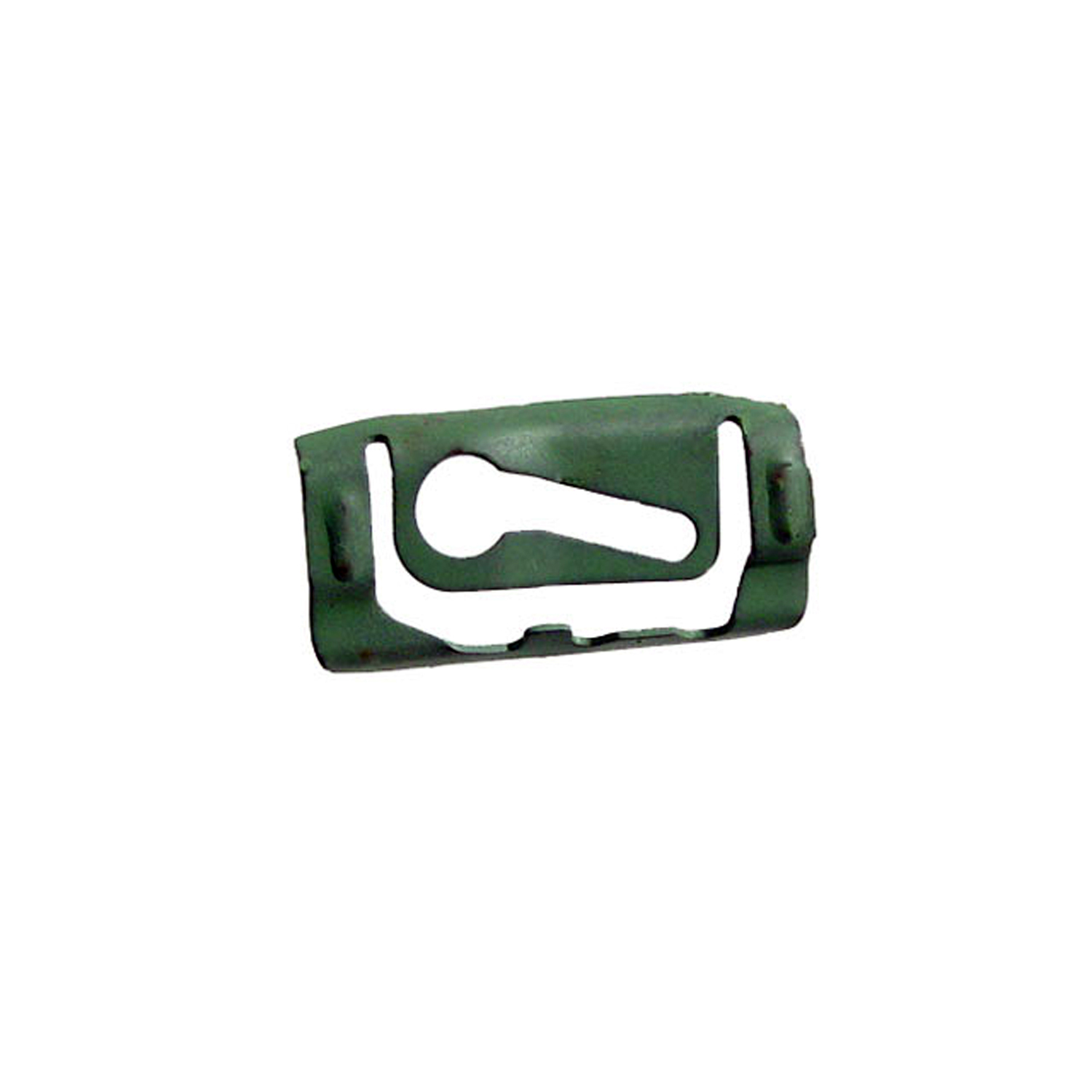 1973 Pontiac Bonneville Quarter Window Reveal Molding Clip. Made of Steel-WF 205Quarter Window Reveal Molding Clip. Made of Steel. 1-3/8" X 11/16". Each
1973 Pontiac Bonneville Quarter Window Reveal Molding Clip. Made of Steel-WF 205Quarter Window Reveal Molding Clip. Made of Steel. 1-3/8" X 11/16". Each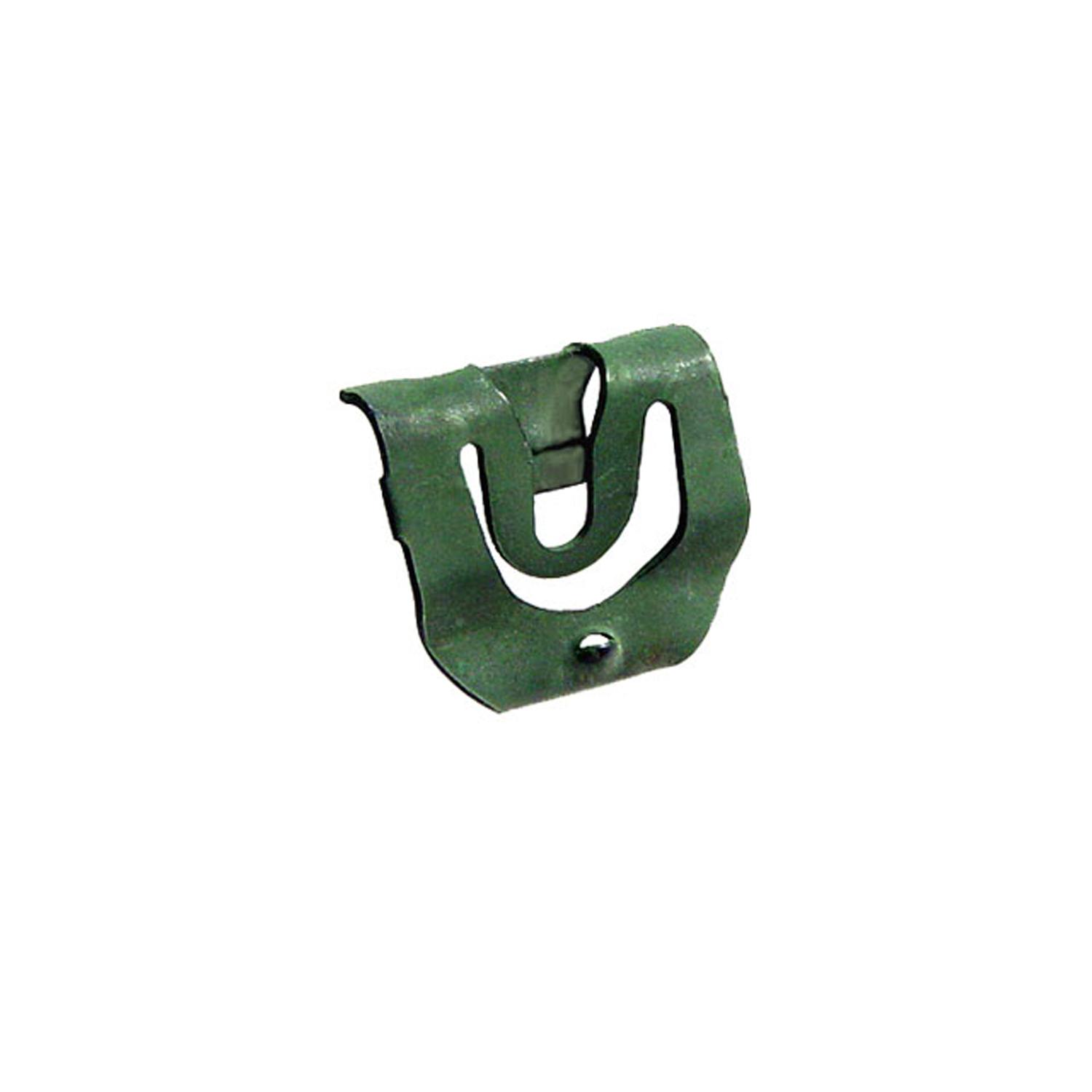 1973 Pontiac Bonneville Rear Window Reveal Molding Clip. For Station Wagons-WF 208Rear Window Reveal Molding Clip. For Station Wagons. Made of steel. 5/8" x 3/4". Each
1973 Pontiac Bonneville Rear Window Reveal Molding Clip. For Station Wagons-WF 208Rear Window Reveal Molding Clip. For Station Wagons. Made of steel. 5/8" x 3/4". Each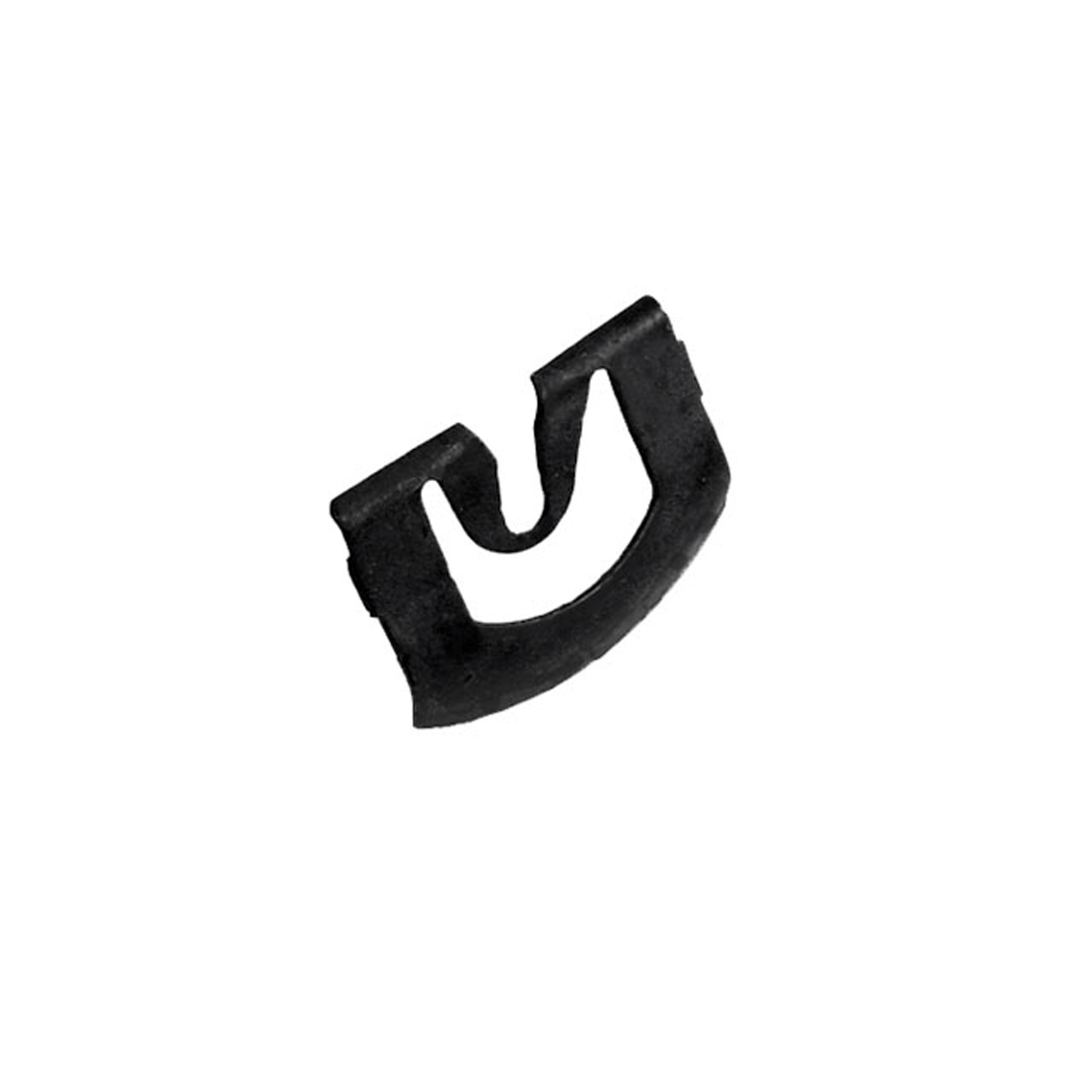 1973 Pontiac Bonneville Windshield Reveal Molding Clip. Made of steel. 13/16" x 1"-WF 209Windshield Reveal Molding Clip. Made of steel. 13/16" x 1". Each
1973 Pontiac Bonneville Windshield Reveal Molding Clip. Made of steel. 13/16" x 1"-WF 209Windshield Reveal Molding Clip. Made of steel. 13/16" x 1". Each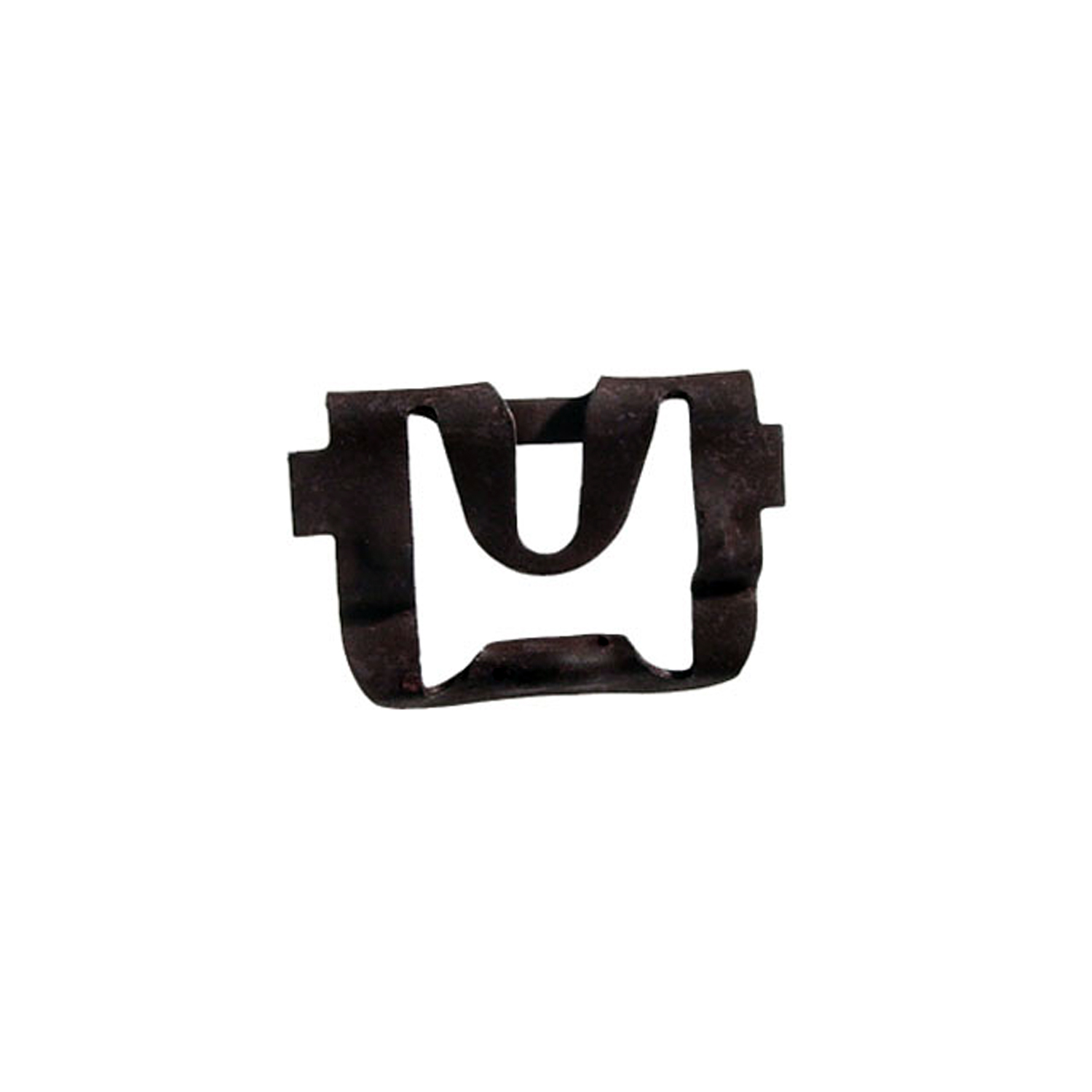 1973 Pontiac Bonneville Rear Windshield Reveal Molding Clip. Made of steel-WF 211Rear Windshield Reveal Molding Clip. Made of steel. 15/16" X 3/4". Each
1973 Pontiac Bonneville Rear Windshield Reveal Molding Clip. Made of steel-WF 211Rear Windshield Reveal Molding Clip. Made of steel. 15/16" X 3/4". Each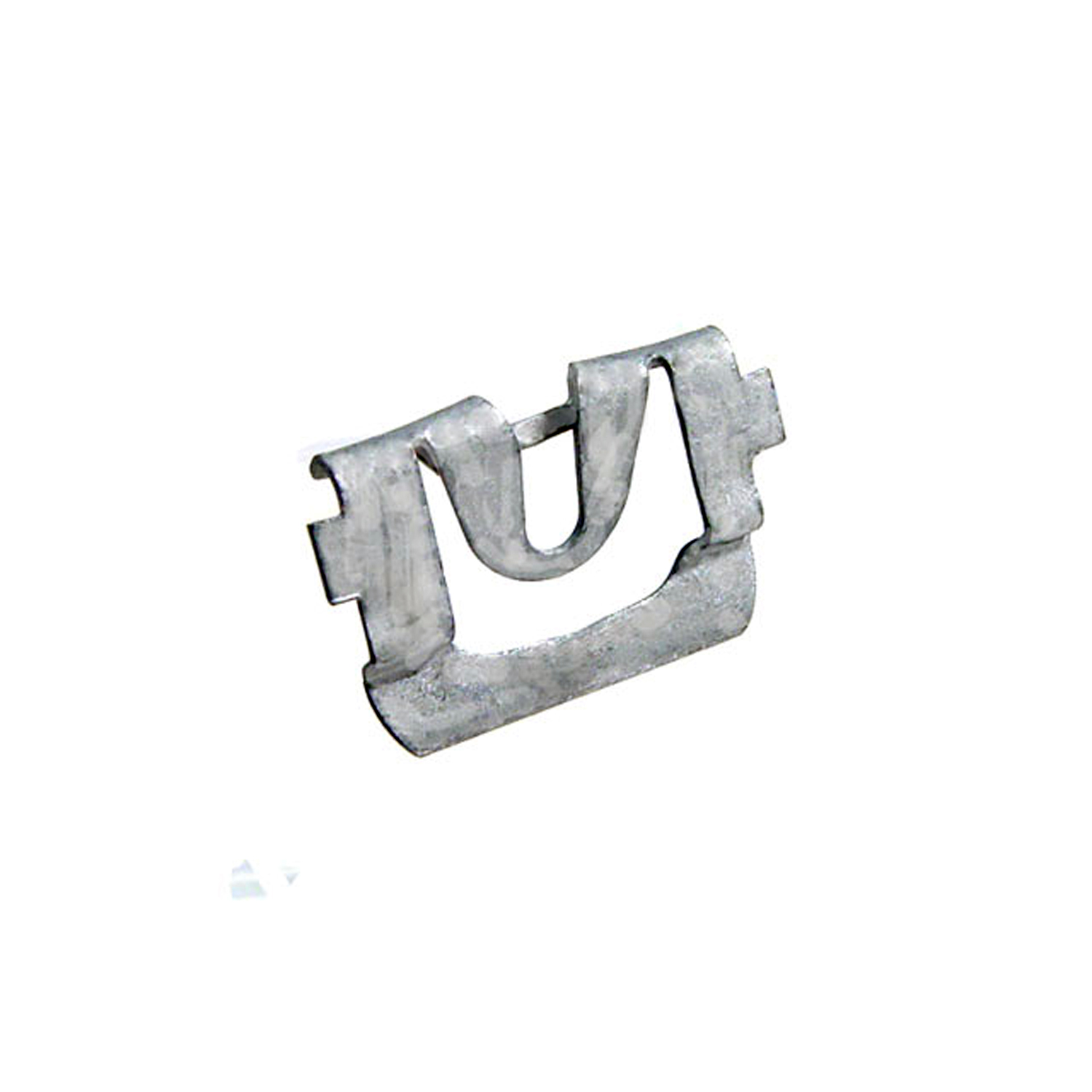 1973 Pontiac Bonneville Windshield Reveal Molding Clip. Made of steel-WF 223Windshield Reveal Molding Clip. Made of steel. 1/1/8" X 3/4". Each
1973 Pontiac Bonneville Windshield Reveal Molding Clip. Made of steel-WF 223Windshield Reveal Molding Clip. Made of steel. 1/1/8" X 3/4". Each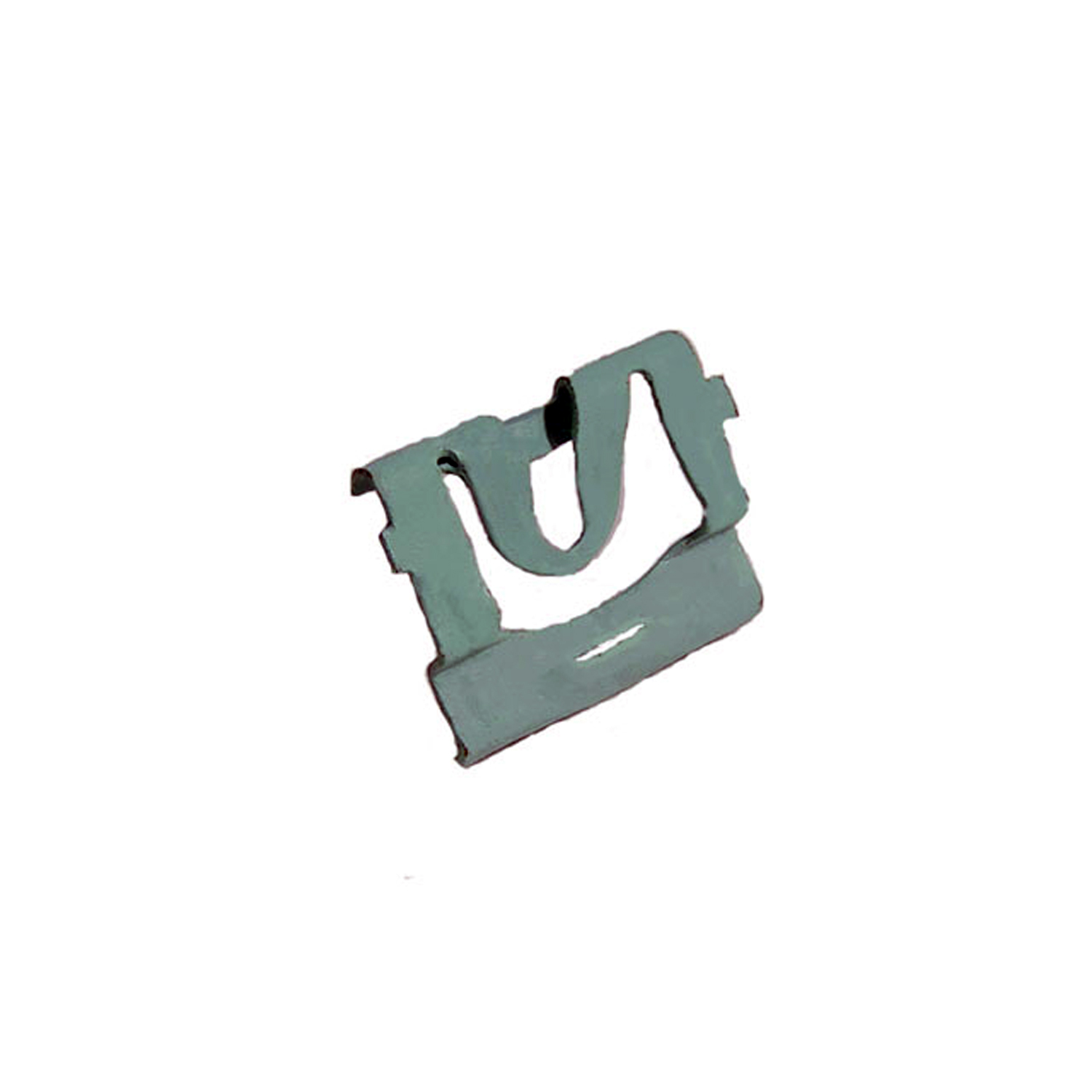 1973 Pontiac Bonneville Windshield Reveal Molding Clip. Made of steel-WF 224Windshield Reveal Molding Clip. Made of steel. 1-1/4" X 3/4". Fits many models. Each
1973 Pontiac Bonneville Windshield Reveal Molding Clip. Made of steel-WF 224Windshield Reveal Molding Clip. Made of steel. 1-1/4" X 3/4". Fits many models. EachWhy Choose Metro?
For over 100 years, Metro Moulded Parts has been the pinnacle of quality in classic car restoration parts. Our commitment to precision and authenticity in every component ensures a perfect fit and an OEM-level appearance.
- Expert Craftsmanship & Quality: Each part is a testament to our dedication to reliability and perfection, crafted from original designs and thoroughly tested.
- Advanced Technology: We use cutting-edge techniques to create flawless, long-lasting parts that surpass others in performance.
- SuperSoft Sponge – The Ultimate Door Seal: Not only are our door seals 30% softer than competitors', but they're also guaranteed to never leak. They effectively reduce wind and road noise, enhancing your classic car's comfort and driving experience.
- Proudly American: Our parts are a product of American craftsmanship, made in the USA with a spirit of excellence and heritage.
- Unrivaled Warranty: We back our products with a 30-year industry-leading warranty, a testament to our confidence in their quality.
Join us in preserving the legacy of classic cars with parts that are crafted for perfection, not just made.

